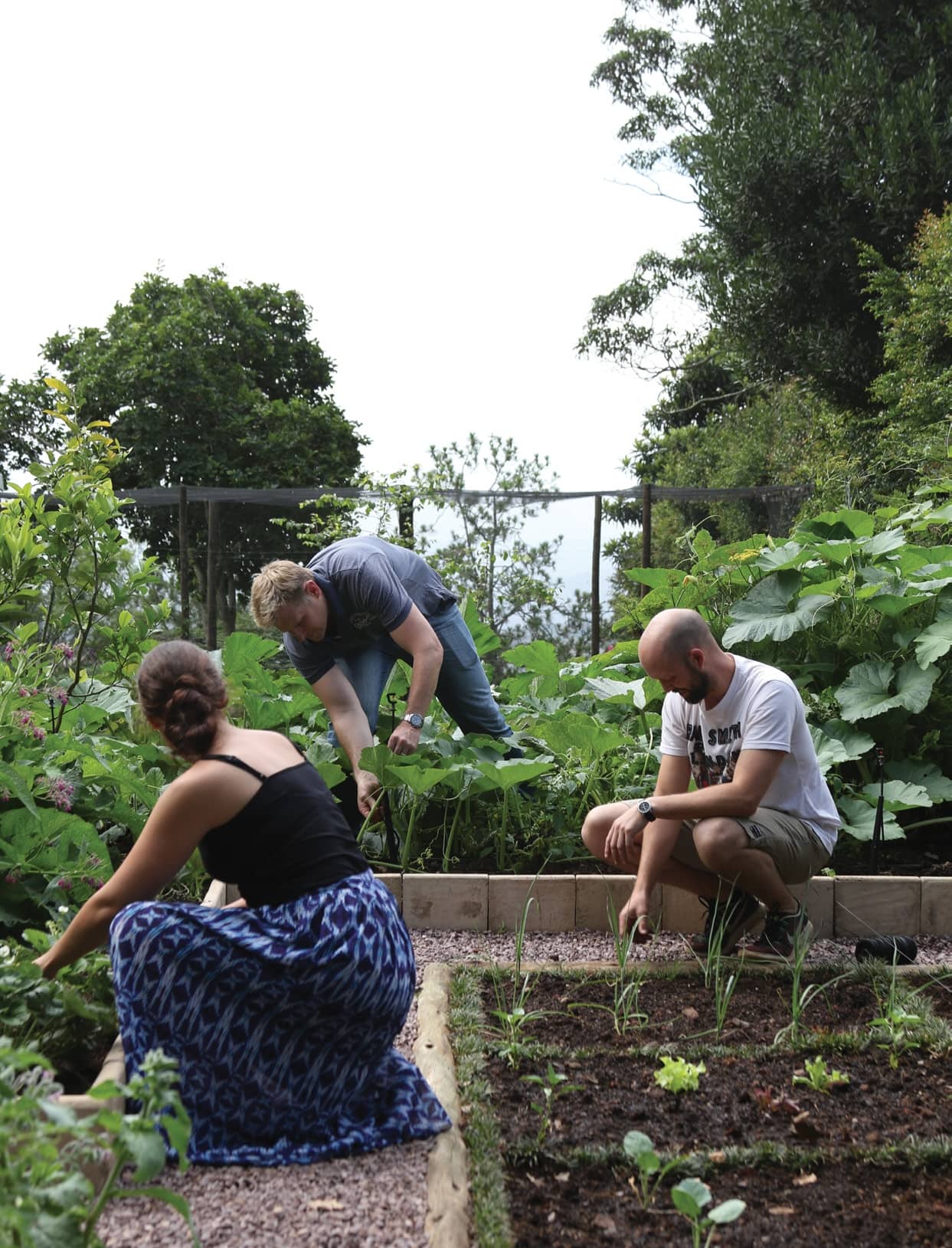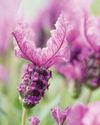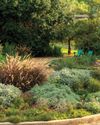How helping your garden can actually help you.

In a fast-paced world dictated by technology we have a tendency to turn to the natural world for solace. The calming character of nature has been known to humans for centuries and has recently developed into a new area of study – therapeutic horticulture. Although horticulture was used as far back as 2000BC to promote calmness, official studies into the mental benefits of gardening began in the 19th century. Since then, greater research has begun to suggest gardens are not just good-looking, they can be beneficial to our physical and mental wellbeing.
What is therapeutic horticulture?
The Canadian Horticultural Therapy Association (CHTA) defines Horticultural Therapy as ‘a formal practice that uses plants, horticultural activities and the garden landscape to promote well-being for its participants.’ Some studies – such as one by Ingrid Soderback, Marianne Soderstrom and Elisabeth Schalander published in Paediatric Rehabilitation – suggest that mental health and well-being can be greatly improved through the use of horticultural therapy as ‘views of nature have positive, psychological responses, physiological impacts (lower blood pressure, reduced muscle tension), and a reduced need for medical treatment occurs.’ Even garden soil alone has been shown to be beneficial to well-being just by breathing in, playing in or digging in dirt. A study by Christopher Lowry suggested that a bacterium found in soil, Mycobacterium vaccae, had the potential to improve the immune system, lower stress and improve brain activity. While therapeutic horticulture largely aims to assist those with cognitive or physical challenges through a connection to nature, the skills and benefits gained from the practices of horticultural therapy apply to all ages and abilities.
هذه القصة مأخوذة من طبعة March 2019 من The Gardener.
ابدأ النسخة التجريبية المجانية من Magzter GOLD لمدة 7 أيام للوصول إلى آلاف القصص المتميزة المنسقة وأكثر من 9,000 مجلة وصحيفة.
بالفعل مشترك ? تسجيل الدخول
هذه القصة مأخوذة من طبعة March 2019 من The Gardener.
ابدأ النسخة التجريبية المجانية من Magzter GOLD لمدة 7 أيام للوصول إلى آلاف القصص المتميزة المنسقة وأكثر من 9,000 مجلة وصحيفة.
بالفعل مشترك? تسجيل الدخول

FIRE AND Feathers!
On a dreary winter's day, a screen of fiery and feathery leaves puts up a fight against dullness!

GET THE ladies in!
At this time of year, early-flowering shrubs vie with each other to get the most attention. We say: Trust those with female names for frills and butterflies. They go the extra mile to flower their hearts out.

Vegetable Soups and dumplings
Vegetables make the most delicious soups and classic combinations are always a winner.

Yummy sweet potatoes for your good health
Boiled, baked or braaied, sweet potatoes (Ipomoea batatas) are a delicious and healthy winter comfort food. Just a dollop of butter, a little seasoning and you are good to go.

Pretty and functional
If cooking is your main thing, you would probably be more interested in the culinary value of the three herbs and some of their varieties we are describing.

Dried Seedheads & Pods
Autumn and winter are the best times to see what flowers produce the best seedheads that can be left on the plants to feed the birds and bugs and for harvesting for dried arrangements.

SO MANY FACES and so many choices...
Whoever associated a Cotyledon orbiculata (pig's ear) with the ear of a pig obviously did not know about all the varieties and cultivars this species in the genus Cotyledon has.

COLOURFUL Cold Weather WINNERS!
If it comes to a vote, these dependable shrubs will be the top candidates for prime performance in winter and in other seasons...

What makes a garden sustainable?
It is interesting to note that the United Nations defines sustainable development as: “development that meets the needs of the present without compromising the ability of future generations to meet their own needs”.

Nurturing NATURE-The Story of Kraal Garden's Transformation
Nestled within Prince Albert's rustic embrace lies a gem that is a testament to the transformative power of human vision and nature's bounty.